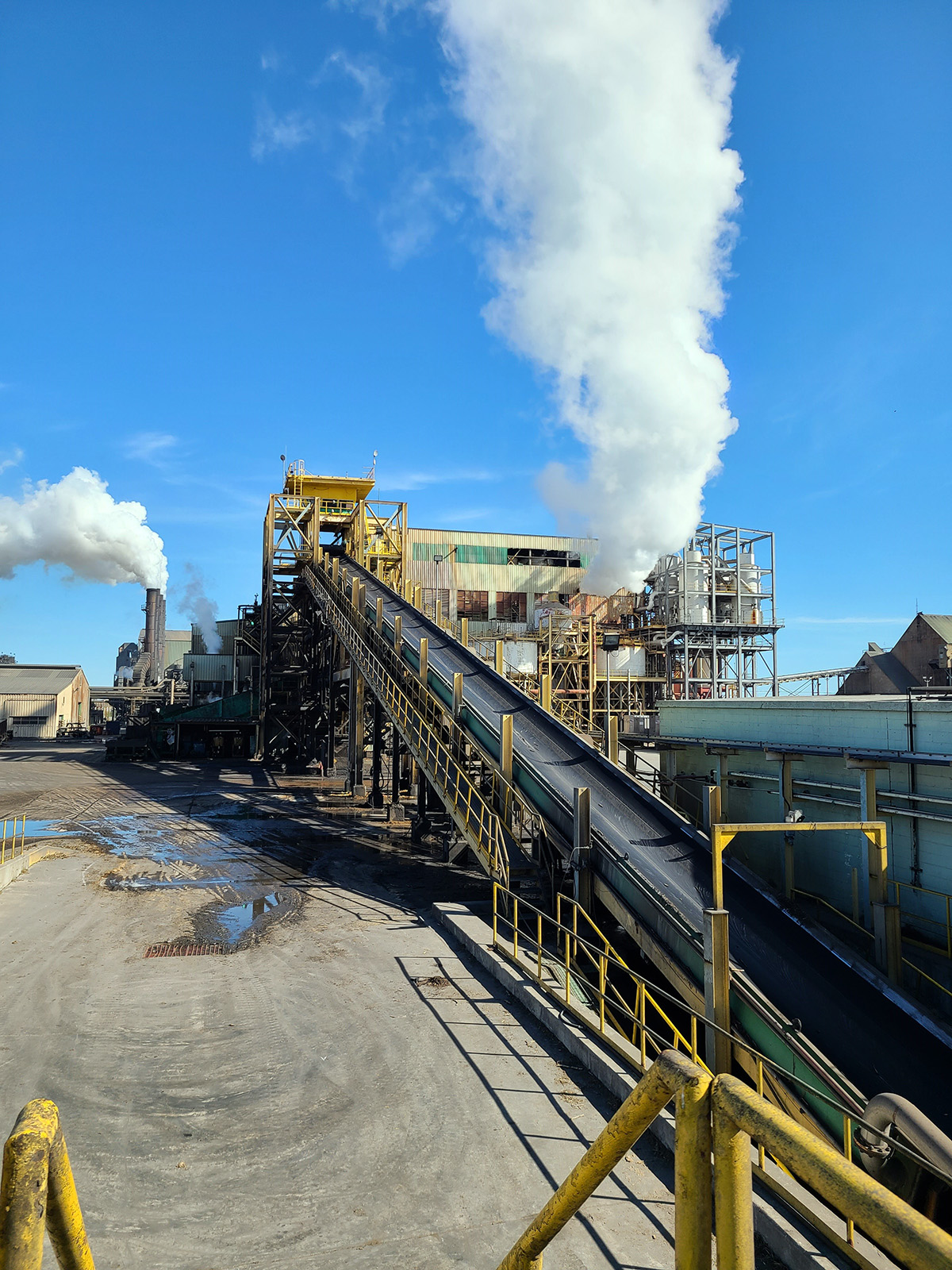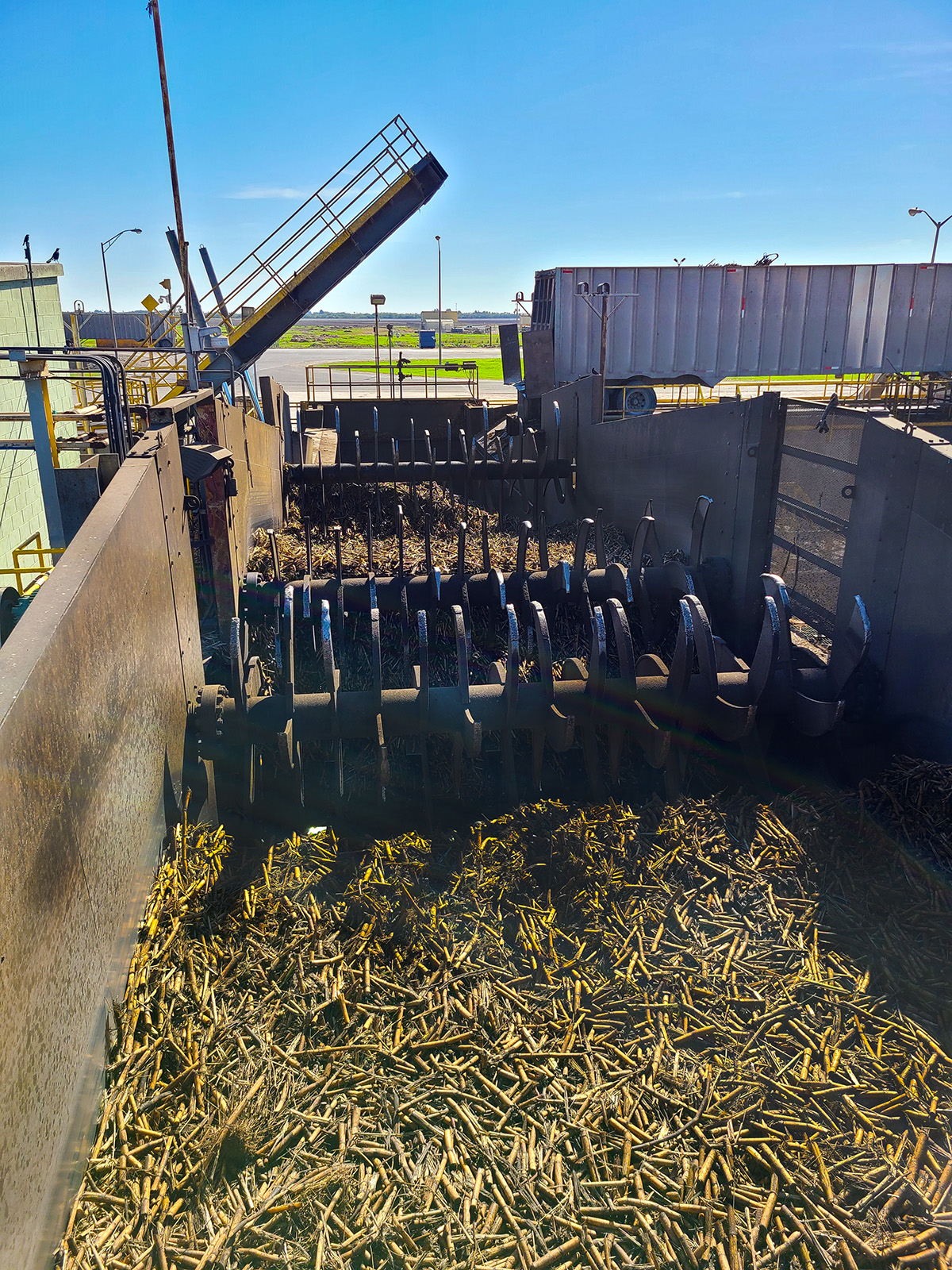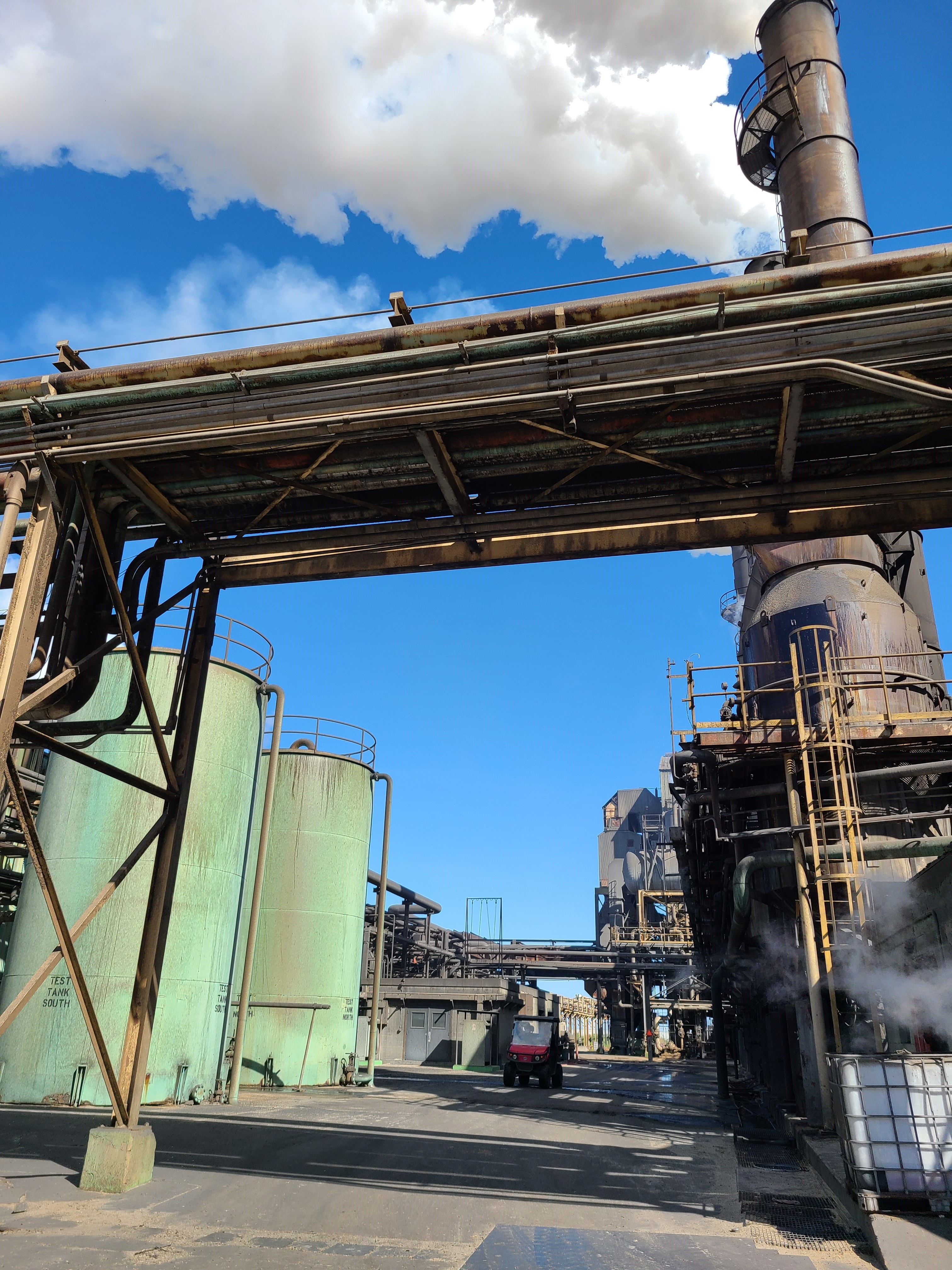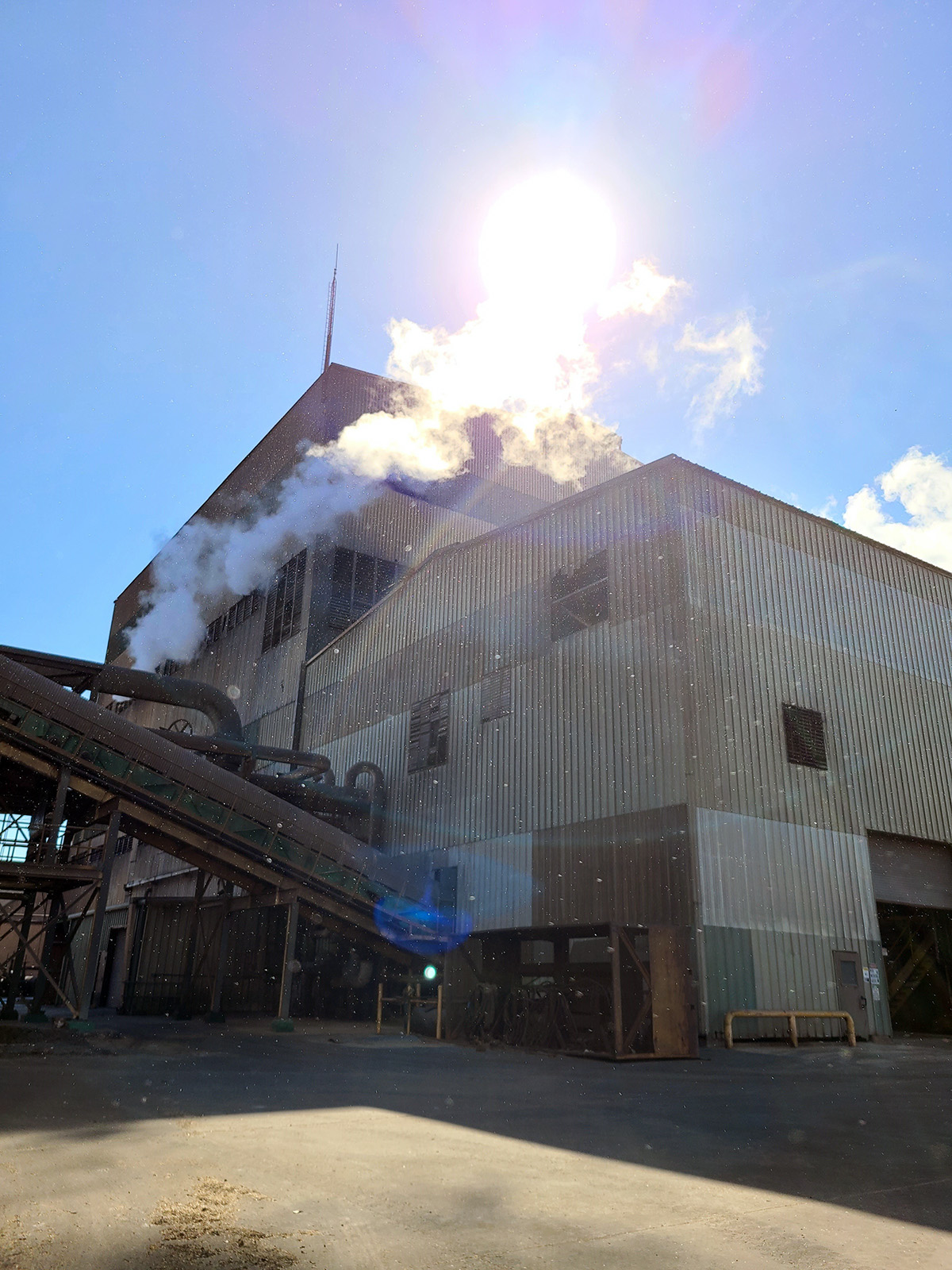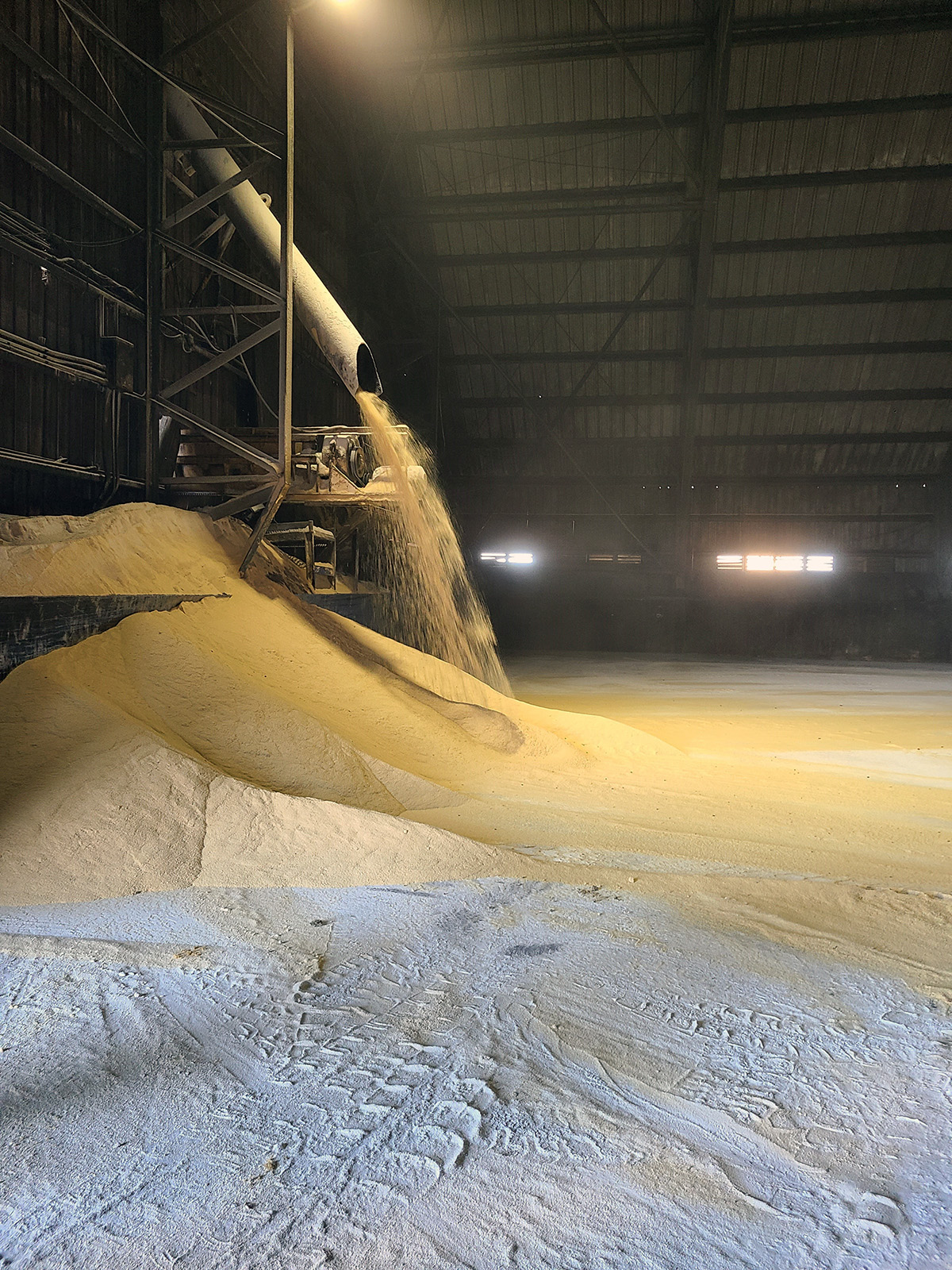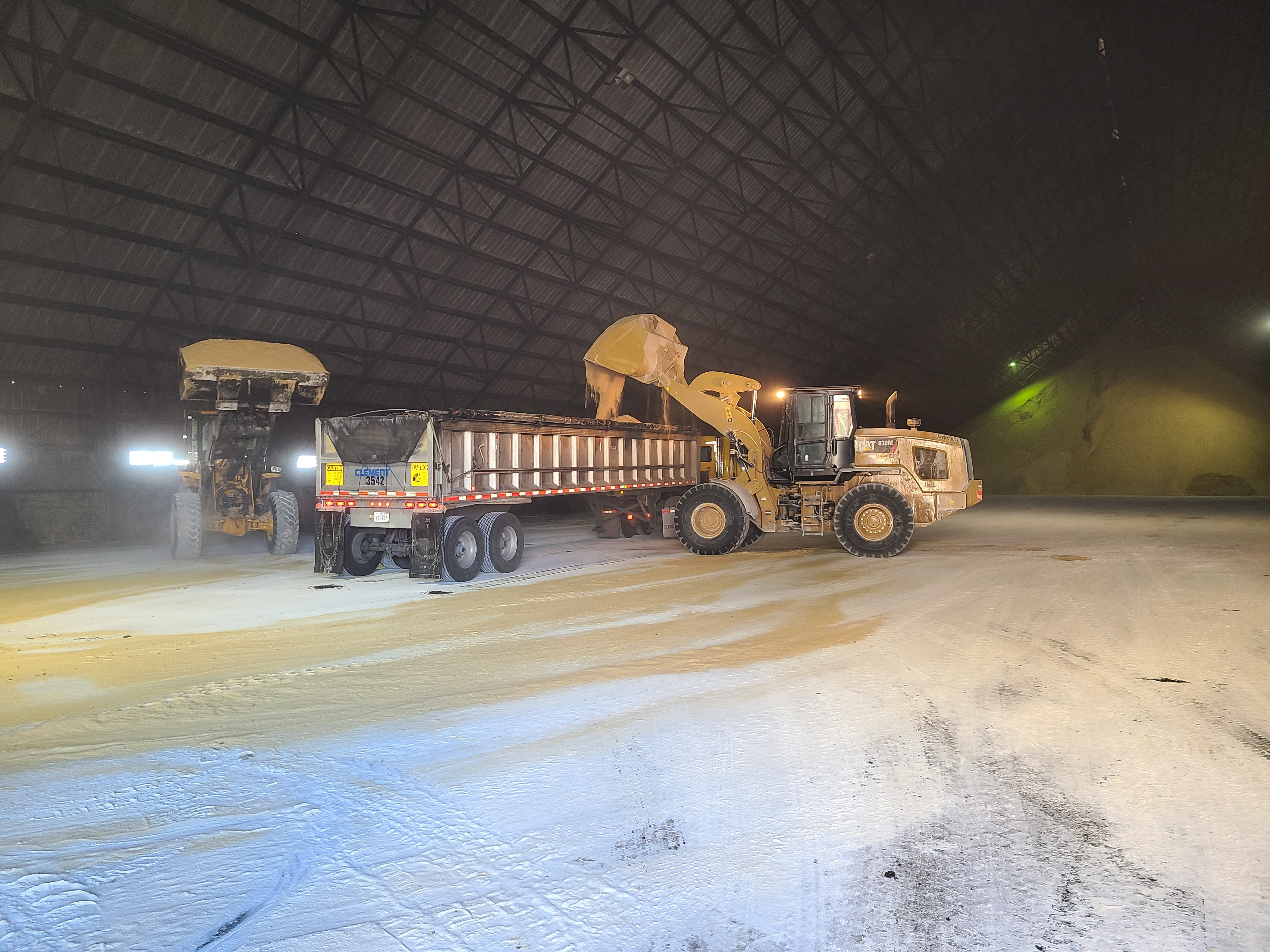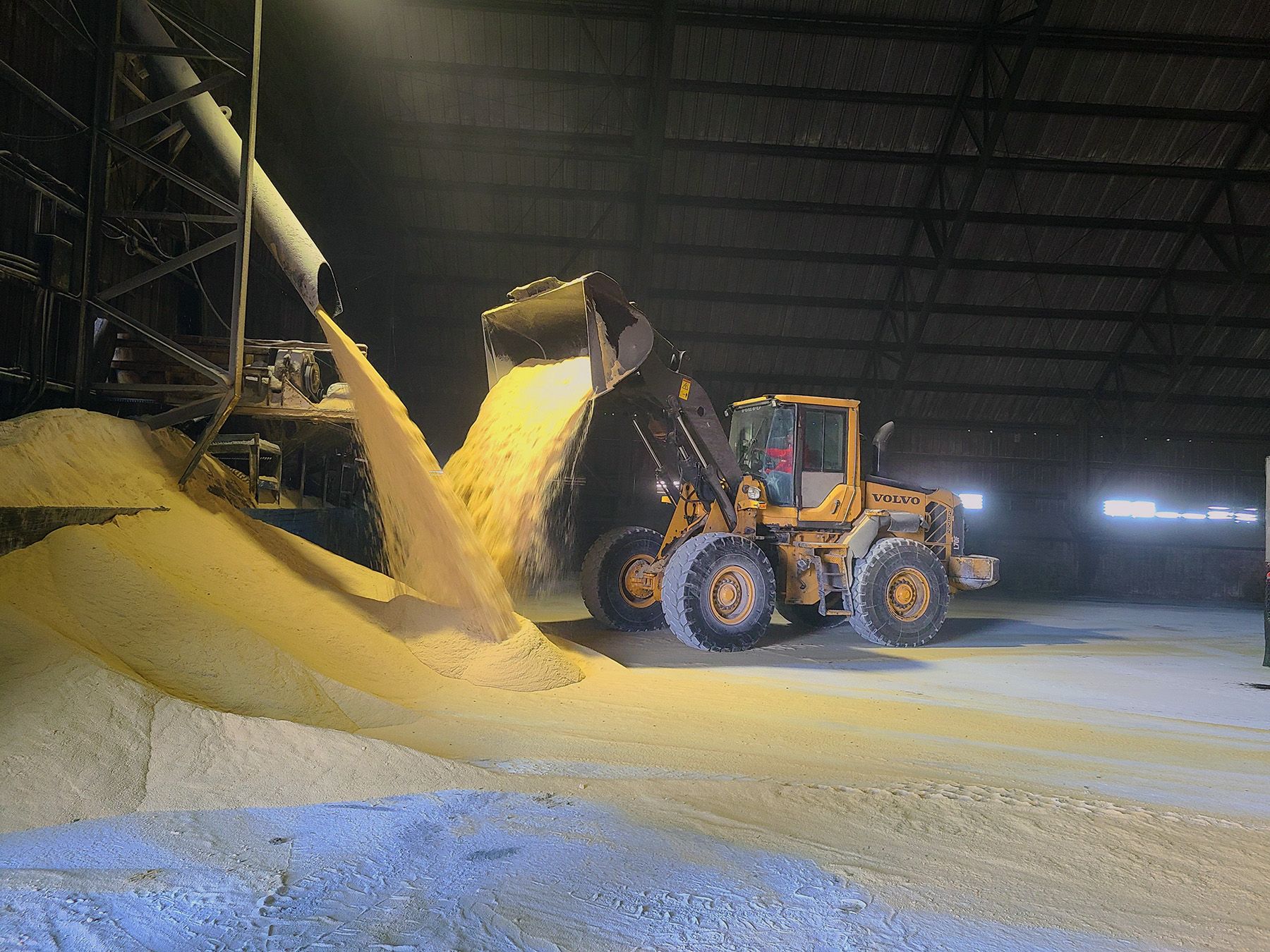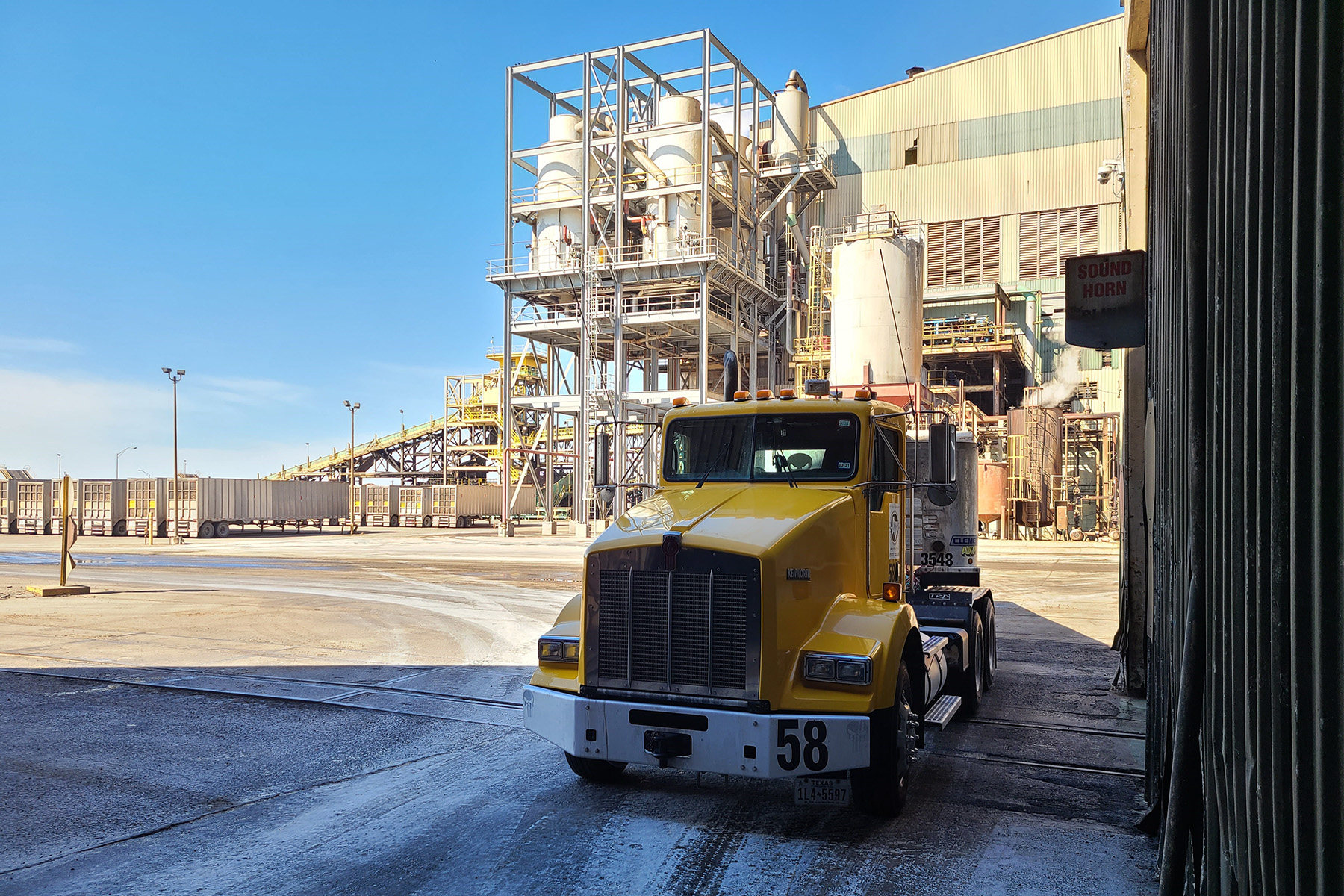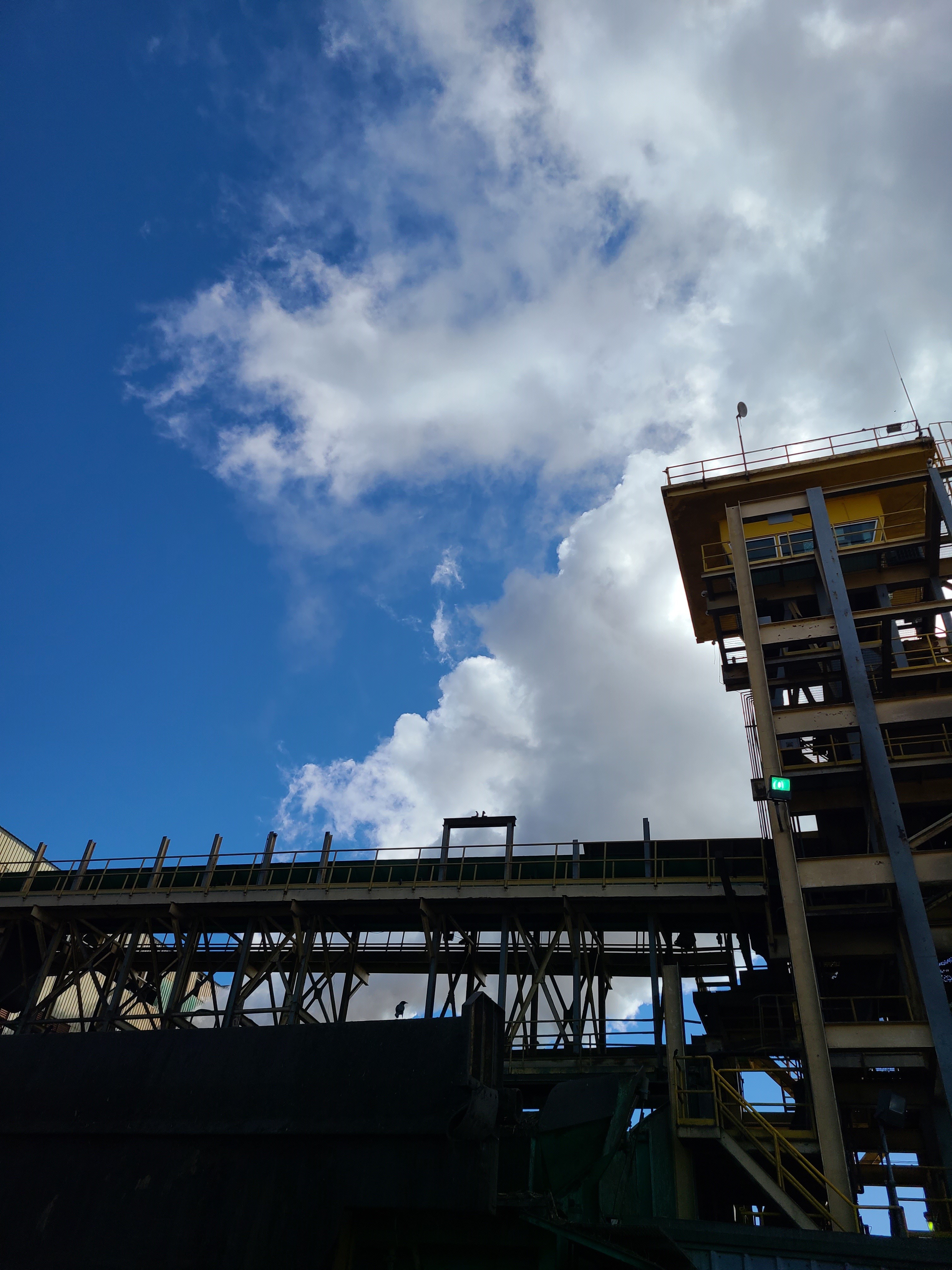Since, the 1980s, the Rio Grande Valley Sugar Growers, INC. (RGVSG) has shipped raw sugar through The Port of Harlingen (POH). Growing from 25,000 tons to an annual average of 150,000 tons moving on and off our docks. However, RGV Sugar Growers has a richer history than a local export commodity. In this installment of PORTraits, we take an in-depth look at RGV Sugar Growers, INC. With a Q & A with President and CEO Sean M. Brashear.
POH: Tell us about the history of RGV Sugar Grower’s, INC.
BRASHEAR: Sugar cane growth has actually been part of the Rio Grande Valley agriculture landscape for more than 200 years. The area used to have five major sugar mills in operation in 1913. However, World War I forced the last of the mills to close due to economic and political hardship. However, the sugar market we reborn after careful studies showing how beneficial reintroducing the Valley to the sugar market would be. By 1970, a cooperative of 100 South Texas farmers invested money and land to help build a new mill and establish crops. In 1973, construction of a $18 million mill was completed just in time for the first harvest. Today, we produce more than 1.5 million tons each year on 40,000 acres (about twice the area of Manhattan) in three counties. From that tonnage, about 150,000 tons of raw sugar and 60,000 tons of blackstrap molasses are produced.
POH: What kind of economic impact does RGVSG, INC have on our region?
BRASHEAR: The RGVSG directly employs 190 full-time employees and 300 seasonal employees during the harvest season, which is October through April, with an annual payroll of more than $14 million. However, the impact of RGVSG is much greater. According to a recent study conducted by Texas AgriLife Extension Service, The Texas sugar cane industry contributes over $140 Million annually to the economy, and employs another 500 people indirectly, statewide.
POH: Can you tell us a little about your process? What exactly goes on at your mill in Santa Rosa?
BRASHEAR: After the Sugar Cane crop has reached its maturity, usually taking about 12 months, it is burned in the field to remove leaves and tops so only the stalk is left. I am sure everyone in the Valley is familiar with this. It actually makes the process easier and more efficient. Then, it is harvested mechanically, chopped into 8” to 10” pieces and transported to the mill for processing. Each truck load is dumped on to a conveyor and washed and milled in a series of large rollers to extract the juice from the fiber. The extracted juice is then heated and filtered as part of the clarification process. The juice is then evaporated into heavy, dark brown syrup that is then cooked in special vacuum pans holding 14,000 gallons each where we eventually get a mixture of sugar crystals and molasses from the syrup, also called massecuite. This mixture is separated by a centrifuge leaving two final products, raw sugar and blackstrap molasses. The raw sugar is then transported, via the Port of Harlingen, and off to the refinery and the molasses is sold for cattle feed.
POH: But there is more to the process, right? The mill is a very efficient and “green” facility.
BRASHEAR: Yes, we waste nothing and use everything at the RGV Sugar Mill. The leftover crushed cane is then moved directly to boilers and used as fuel to generate electricity. We also collect ash from the boilers and deposit it, along with residual soil that is collected during clarification, on nearby fields as a form of fertilizer.
POH: What is the best thing about working with The Port of Harlingen?
BRASHEAR: Working with the Port of Harlingen has tremendous added value. We go straight from the Mill to the Sam Sparks Warehouse at the port for storage and then directly to the docks onto barge. Shipping through the Port via barge not only saves money with how many trucks it would take to ship to Louisiana 150,000 tons of raw sugar, but also save on carbon emissions and highway safety from keeping those trucks off the road. It is reliable, safe, and efficient, qualities we value.
Rio Grande Valley Sugar Growers, INC
Photos from RGVSG Mill in Santa Rosa, TX.


